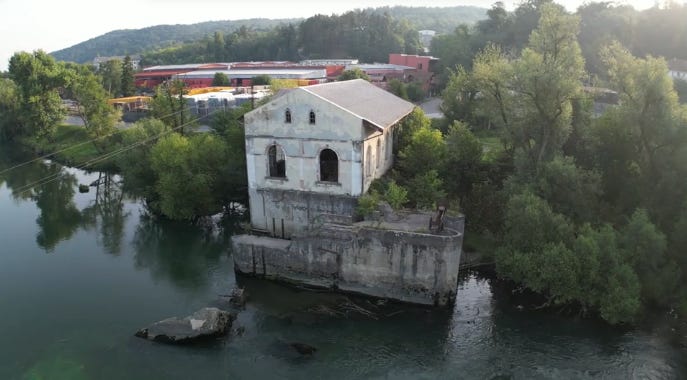Just outside Banja Luka, along the winding Vrbas River, lies a relic that powered more than just lights. It powered a vision.
In this short story-driven episode, I take you to the original hydroelectric power plant that brought electricity to Banja Luka over a century ago. Built in 1903 under Austro-Hungarian rule, this unassuming structure transformed the town into a regional hub of progress. It lit street lamps, powered electric trams, and became a symbol of modernity in what was then a frontier corner of the Balkans.
The plant was one of the first hydroelectric stations in the region, part of a wave of industrial innovation that swept through Europe at the turn of the 20th century. Its construction marked Banja Luka’s first steps into the electrical age, thanks to the relentless flow of the Vrbas, one of Bosnia and Herzegovina’s wildest and most beautiful rivers.
It was a relatively small station by global standards, but it had an outsized impact, especially in powering the early electric tram line that ran through Banja Luka starting in 1912.
This was part of a broader Austro-Hungarian effort to modernise infrastructure in the empire’s southern territories.
Today, larger hydro plants such as Bočac Hydroelectric Power Station (commissioned in 1981) handle the region’s energy demands, but this original plant remains a symbol of where it all started.
Though now out of use, the building still stands as a quiet witness to Banja Luka’s transformation. It’s not marked by plaques or big signs, but it’s there, embedded in the folds of this landscape, whispering its story to anyone who takes a moment to look.
💬 “It’s more than just a decaying relic. It’s part of the city’s DNA.”
So the next time you’re in Banja Luka and see the streetlights flicker to life or hop on a tram, take a second to think about the river that made it all possible, and the visionaries who harnessed its energy over 100 years ago.












